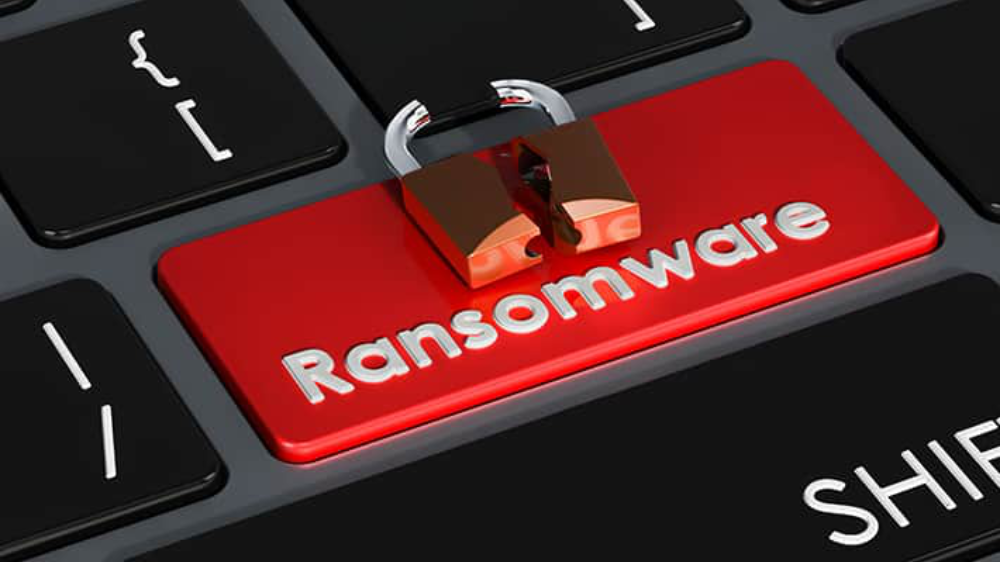Ransomware threat to small and medium businesses: Steps to improve security – Times of India
Keep IT equipment up to date and fix issues regularly
When it comes to protecting your organisation against any cyber threats, keeping your systems updated with the latest software and security patches can prove to be invaluable. A recent survey revealed that 80% of all BYODs (bring your own devices) in a company are not managed and this can be an opportunity for attackers to pounce on these unsupervised systems.
One of the most important steps you can take to improve security is by updating tablets, smartphones, laptops and PCs used for office work, as soon as they are available. Users can also prevent gaps in their security posture by ensuring that their operating systems, software programmes, phones and apps are set to update automatically.
Monitoring the usage of USB sticks and external hard drives
40% of SMB employees have to work remotely for at least part of the week. It is the business’ highest priority to ensure that the security of these devices is managed correctly. Employees often transfer files between colleagues or other organisations using an external memory stick or USB drive. It is important to note that it only takes one insecure device to compromise an entire network.
As the storage devices are shared openly, it becomes very difficult to track the files that they contain. Using endpoint protection tools, blocking access to physical ports and only allowing the use of approved sticks or memory cards can all reduce the chances of a breach.
Don’t backup data to your main server
If you are saving all your business data on the same server, there is a chance that all this information becomes available to a hacker during an attack. Organisations should identify essential data that their business cannot function without and have a completely isolated, off-site network backup. This will help the business to recover from a ransomware attack and employees can access key files that will allow them to continue with day-to-day operations.
For all the latest Technology News Click Here
For the latest news and updates, follow us on Google News.


